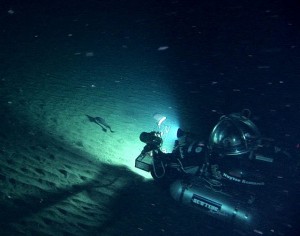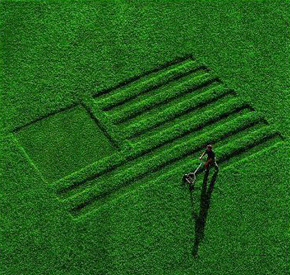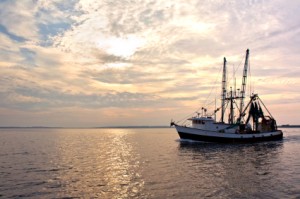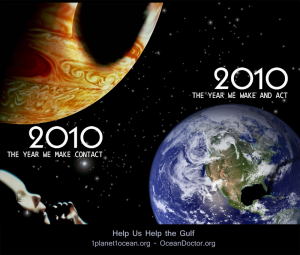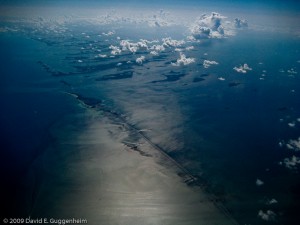Ship Breaks Apart: Oil Spill Threatens Penguins, Other Wildlife at Remote Nightingale Island
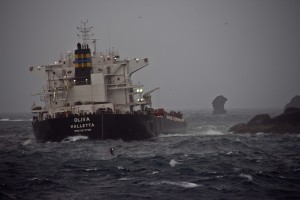
Freighter MS Oliva aground at Nightingale Island. The ship has broken in half and oil now threatens penguins and other wildlife. All crew was rescued. (Photo by D. Guggenheim)
ABOARD PRINCE ALBERT II: On Wednesday March 16, the Prince Albert II received word that a Greek freighter, the MS Oliva, ran aground at 430am that day on the far northwest promontory of Nightingale Island, part of the Tristan group of islands. Tristan de Cunha is the most remote inhabited island in the world, more than 1,500 km from the nearest continent in South Africa. Its population is less than 300. The Oliva was enroute from Santos, Brazil to Singapore with a cargo of soya beans. The vessel is a 75,300 tonne bulk carrier (225 meters long, 32m beam) commissioned in 2009, registered in Malta. The circumstances of its grounding are still under investigation. Read more

.png)

